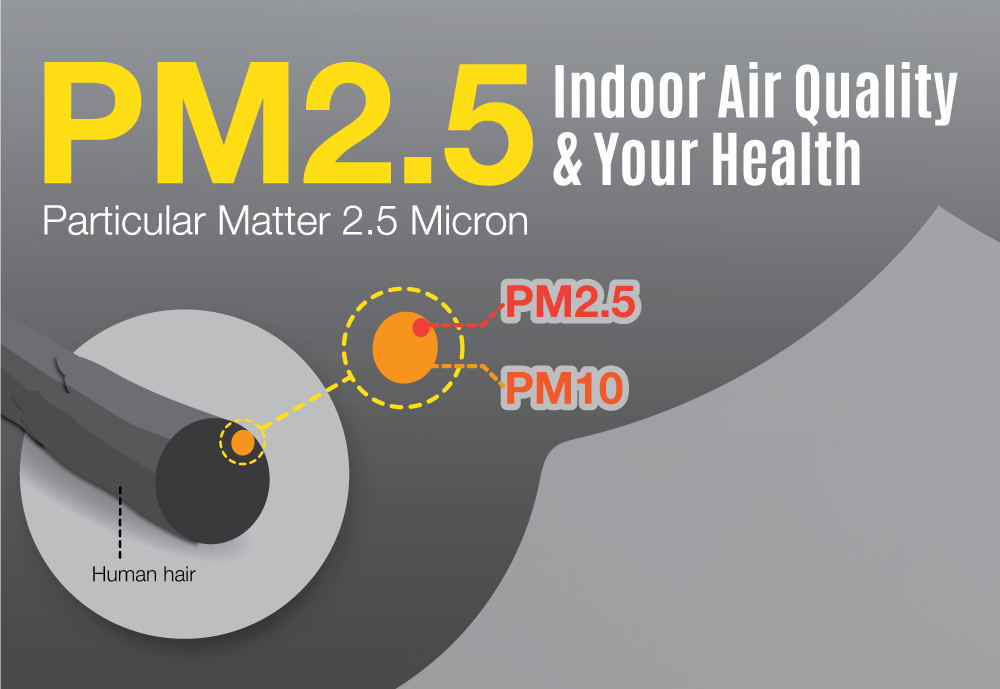

PM 2.5 ratios (PM 2.5/SPM conc.) were around 0.8, and therefore SPM forms the greater part of PM 2.5. Every mass concentration was relatively low, except for the building, which had smoking area inside. The results of other buildings have the same trend of particle size-distributions. As a result, the mass concentration shows a bimodal distribution at around 0.2-0.3 μm and 4 μm, while the number concentration has a smaller peak at 0.02 to 0.05 μm. The number of size distributions, PM 2.5 and SPM (less than 10 μm) mass concentrations were measured in 15 large office buildings that were over 3,000m 2 of total floor areas and had central HVAC systems. This study aimed at investigating for characteristics of particle concentrations for size distribution in office buildings. N2 - Characterization and emission of indoor sub-micron aerosols have been of great interest. T1 - Survey on indoor airborne particle and PM 2.5 in office buildings The sub-micron particles might penetrate through filter media in HVAC systems from outdoor air.", The peak of mass concentration distribution around 0.2 μm has a great effect on PM 2.5 concentrations. The sub-micron particles might penetrate through filter media in HVAC systems from outdoor air.Ībstract = "Characterization and emission of indoor sub-micron aerosols have been of great interest.

Characterization and emission of indoor sub-micron aerosols have been of great interest.


 0 kommentar(er)
0 kommentar(er)
